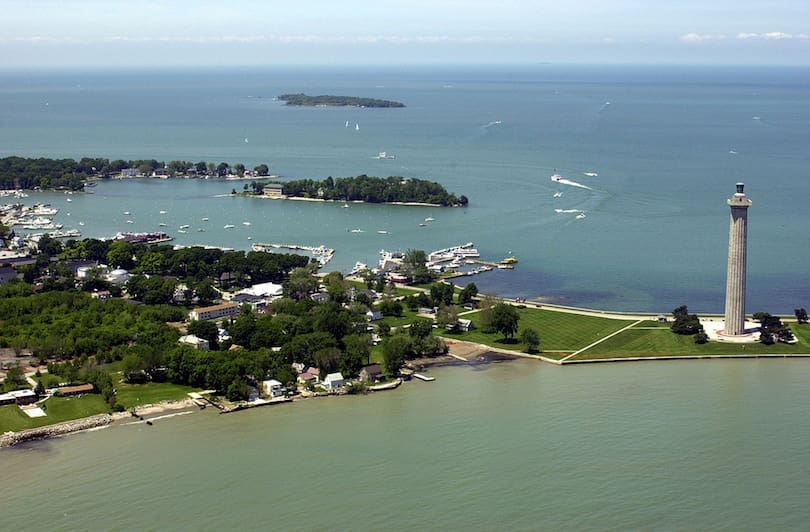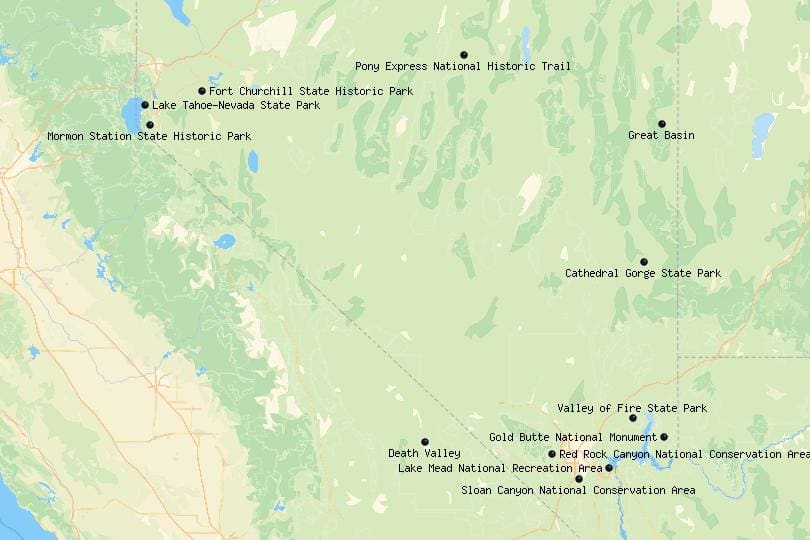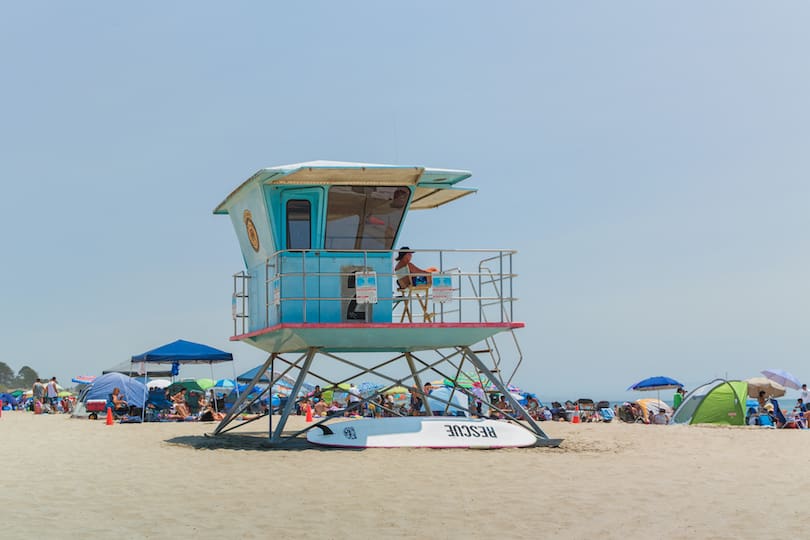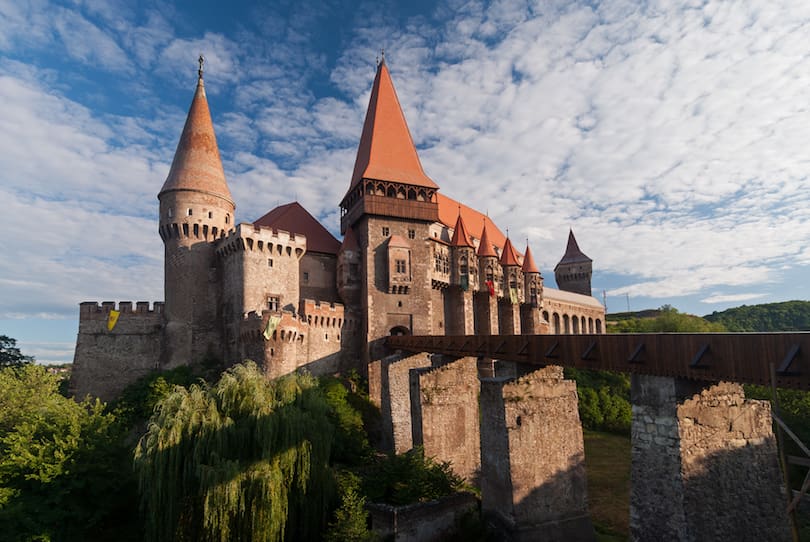If you are looking for a picturesque Darjeeling Hill Station in India, Darjeeling should be on top of your list. It is a popular destination for tourists and is located in the state of West Bengal in eastern India. The town is situated at an elevation of 2,042 meters and offers stunning views of the Himalayas. In this article, we will guide you through everything you need to know about Darjeeling, including its history, attractions, cuisine, and more.
History of Darjeeling
Darjeeling was originally a part of the Kingdom of Sikkim until the British East India Company acquired it in the early 19th century. The town quickly became a popular destination for British soldiers and officers who wanted to escape the heat of the Indian plains. Today, Darjeeling is known for its rich cultural heritage, which is a blend of Indian, Nepalese, and Tibetan influences.
How to Reach Darjeeling
Darjeeling is well-connected to the rest of India by road, rail, and air. The nearest airport is Bagdogra Airport, which is located approximately 70 kilometers away from Darjeeling. The nearest major railway station is New Jalpaiguri, which is located approximately 62 kilometers away from Darjeeling. From there, you can take a taxi or bus to Darjeeling.
Best Time to Visit Darjeeling
The best time to visit Darjeeling is from March to May and from September to November. During these months, the weather is pleasant, and you can enjoy clear views of the Himalayas. The monsoon season (June to August) and the winter season (December to February) are not the best times to visit as the weather can be unpredictable.
Attractions in Darjeeling
There are many attractions to see in Darjeeling, including:
1. Tiger Hill
Tiger Hill is one of the most popular tourist attractions in Darjeeling. It is located at an altitude of 2,567 meters and offers stunning views of the sunrise over the Himalayas. On a clear day, you can see Mount Everest, Kanchenjunga, and other peaks.
2. Batasia Loop
Batasia Loop is a unique railway track that is located near Darjeeling. It was built to help the trains negotiate the steep incline in the area. The loop offers panoramic views of the Himalayas and the surrounding hills.
3. Darjeeling Himalayan Railway
The Darjeeling Himalayan Railway is a UNESCO World Heritage Site and is also known as the “Toy Train”. It is a narrow-gauge railway that connects Darjeeling with New Jalpaiguri. The train passes through scenic landscapes, tea gardens, and several tunnels.
4. Ghoom Monastery
Ghoom Monastery is the oldest monastery in Darjeeling and is located approximately 8 kilometers from the town. The monastery is known for its stunning architecture and beautiful Buddhist artifacts.
5. Padmaja Naidu Himalayan Zoological Park
The Padmaja Naidu Himalayan Zoological Park is a popular attraction in Darjeeling. It is home to several rare and endangered species, including the snow leopard, red panda, and Himalayan wolf.
Things to Do in Darjeeling
Apart from visiting the tourist attractions, there are many other things to do in Darjeeling, including:
Trekking
Darjeeling is a paradise for trekkers, with several trekking routes that offer stunning views of the Himalayas. The Singalila Ridge trek and the Sandakphu trek are some of the most popular treks in the area.
Tea Tasting
Darjeeling is known for its tea plantations, and a visit to one of the tea estates is a must-do activity. You can learn about the tea-making process, taste different varieties of tea, and buy some to take home.
River Rafting
The Teesta River, which flows through Darjeeling, offers excellent opportunities for river rafting. You can enjoy the thrill of rafting in the rapids and admire the beautiful scenery along the way.
Shopping
Darjeeling has a vibrant market where you can buy a variety of souvenirs, including traditional handicrafts, tea, and clothing. The Chowrasta and Mall Road are popular shopping destinations.
Cultural Tours
Darjeeling has a rich cultural heritage, and there are several cultural tours that you can take to learn about the local traditions and customs. The Tibetan Refugee Self Help Centre and the Himalayan Mountaineering Institute are two popular cultural attractions in Darjeeling.
Cuisine of Darjeeling
Darjeeling is known for its unique cuisine, which is a blend of Indian, Nepalese, and Tibetan influences. Some popular dishes include momos (dumplings), thukpa (noodle soup), and churpee (a hard cheese made from yak milk).
Accommodation in Darjeeling
There are several accommodation options in Darjeeling, ranging from budget hotels to luxury resorts. Some popular options include the Windamere Hotel, Mayfair Darjeeling, and the Elgin Darjeeling.
Conclusion
Darjeeling is a beautiful hill station that offers something for everyone. Whether you are a nature lover, a foodie, or an adventure seeker, Darjeeling has plenty to offer. So, pack your bags and get ready to explore this charming town in the Himalayas.
FAQs
- What is the best time to visit Darjeeling?
The best time to visit Darjeeling is from March to May and from September to November.
- What are the popular tourist attractions in Darjeeling?
Some popular tourist attractions in Darjeeling include Tiger Hill, Batasia Loop, Darjeeling Himalayan Railway, Ghoom Monastery, and Padmaja Naidu Himalayan Zoological Park.
- What is the local cuisine of Darjeeling?
The local cuisine of Darjeeling is a blend of Indian, Nepalese, and Tibetan influences and includes dishes such as momos, thukpa, and churpee.
- What are the popular things to do in Darjeeling?
Apart from visiting the tourist attractions, popular things to do in Darjeeling include trekking, tea tasting, river rafting, shopping, and cultural tours.
- What are the accommodation options in Darjeeling?
There are several accommodation options in Darjeeling, ranging from budget hotels to luxury resorts. Some popular options include the Wind














I reall likle yourr blog.. very nkce coors &
theme. Diid you creaate thius webssite yopurself or diid yyou hiire someone to doo
iit for you? Pllz reply ass I’m looking too constduct my ownn
blog annd would likje to find oout where u got ths
from. thanks a lot
I have been reading out some of your stories and it’s nice stuff. I will definitely bookmark your blog.
amoxicillin uk – combamoxi.com buy amoxil without a prescription